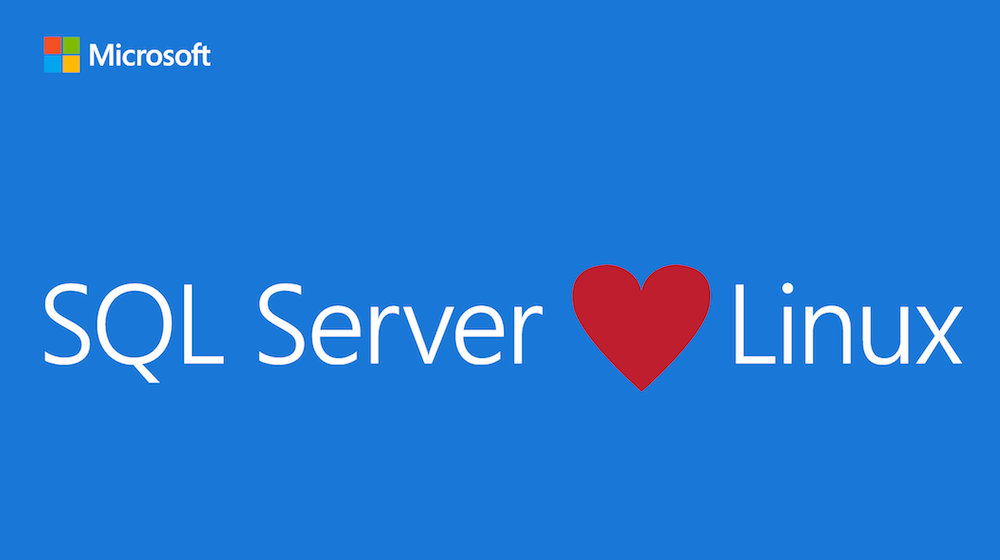Servicing Update 2 for ODBC Driver 13.1 for Linux Released
Hi all, we are delighted to share a servicing update of the Microsoft ODBC Driver 13.1 for Linux. The new driver enables access to SQL Server, Azure SQL Database and Azure SQL DW from any C/C++ application on Linux.
Fixed
- Fixed issue with the login timeouts caused by out of sequence times on Linux
Install the ODBC Driver for Linux on Debian Jessie 8
[snippet slug=odbc-driver-debian-jessie-servicing-release-2 lang=bsh]
Install the ODBC Driver for Linux on Ubuntu 14.04
[snippet slug=odbc-driver-ubuntu-14-04-13-1-servicing-release-2 lang=bsh]
Install the ODBC Driver for Linux on Ubuntu 16.04
[snippet slug=odbc-driver-16-04-13-1-servicing-release-2 lang=bsh]
Install the ODBC Driver for Linux on Ubuntu 16.10
[snippet slug=odbc-driver-ubuntu-16-10-13-1-servicing-release-2 lang=bsh]
Install the ODBC Driver for Linux on Ubuntu 17.04
[snippet slug=odbc-driver-ubuntu-17-04-13-1-servicing-release-2 lang=bsh]
Install the ODBC Driver for Linux on RedHat 6
[snippet slug=odbc-driver-rhel-6-13-1-servicing-release-2 lang=bsh]
Install the ODBC Driver for Linux on RedHat 7
[snippet slug=odbc-driver-rhel-7-13-1-servicing-release-2 lang=bsh]
Install the ODBC Driver for SLES 11
Note: For SLES 11, make sure you enable the security module before you install the driver. The driver uses newer versions of openssl and crypto libraries that are available via the module.
[snippet slug=odbc-driver-suse11-13-1-servicing-release-2 lang=bsh]
Install the ODBC Driver for SLES 12
[snippet slug=odbc-driver-suse12-13-1-servicing-release-2 lang=bsh]
Try our Sample
Once you install the driver that runs on a supported Linux distro, you can use this C sample to connect to SQL Server/Azure SQL DB/Azure SQL DW. To download the sample and get started, follow these steps:
[snippet slug=odbc-c-sample lang=bsh]
If you installed the driver using the manual instructions found here, you will have to manually uninstall the ODBC Driver and the unixODBC Driver Manager to use the deb/rpm packages. If you have any questions on how to manually uninstall, feel free to leave a comment below.
Please fill bugs/questions/issues on our Issues page. We welcome contributions/questions/issues of any kind. Happy programming!
Meet Bhagdev (meetb@microsoft.com)
